In this post I’ll be showing you how to use my free Letter and Letter-Sound Knowledge Assessment Tool as a reading assessment in kindergarten.
This content may contain affiliate links. Please read my disclosure policy to learn more about this.
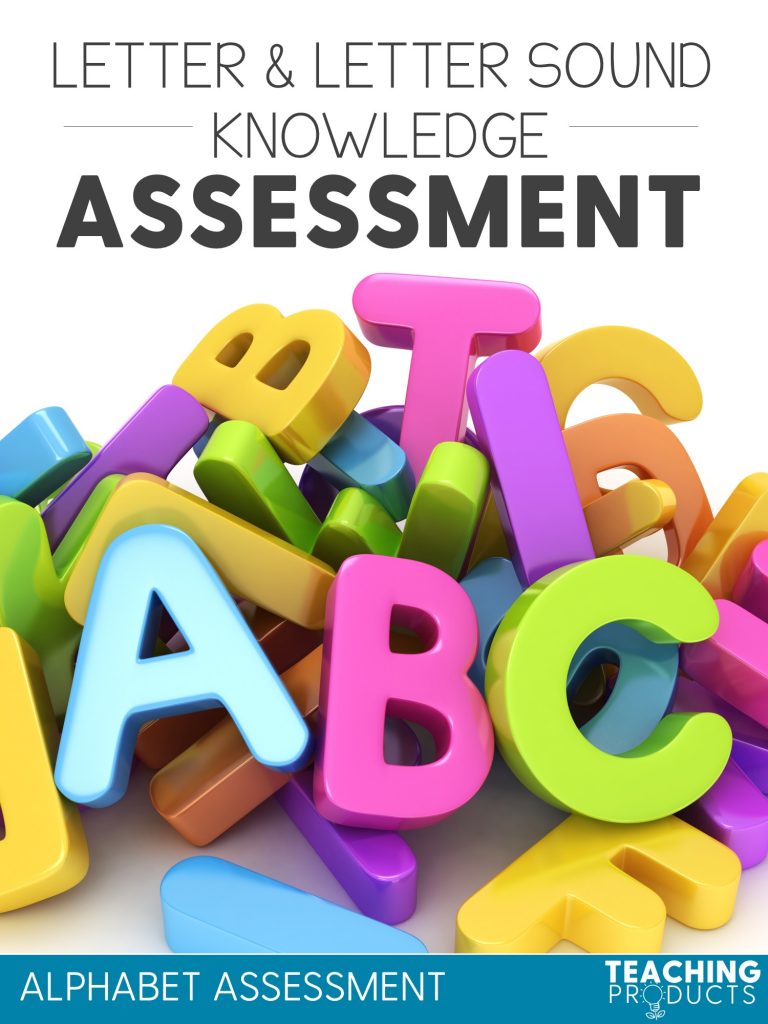
If you’ve already read my last post about teaching reading with beginners (haven’t read it yet? Check it out: How to Teach Reading in Kindergarten) then you’ll know that I felt completely overwhelmed about teaching reading skills to my eager young learners. My biggest challenge was finding a suitable reading assessment that provided the data that I needed.
In this post, I’ll be showing you how I perform a simple reading assessment
Commercial Reading Assessments
Some schools use a commercial test such as Fountas & Pinnell to assess reading skills. If your school uses one of these tests, check to make sure you are allowed to use a different assessment strategy. Some districts or schools can be a bit funny about things like that.
When I started teaching, I found that the assessment tools that we were encouraged to use did not always provide the exact data that I wanted. I needed an assessment tool that catered to the really early reading skills such as letter recognition and letter-sound knowledge.
My colleagues and I have all used this assessment tool extensively in our classrooms. The data we get from them allows us to identify any gaps in a child’s learning. The great news for you is that I’m giving you a copy of my Letter Recognition and Letter-Sound Assessment Tool. Keep reading to find out how to claim your free copy.
Assessment of Letter Recognition and Letter Sounds
This reading assessment tool is designed for beginner readers. It assesses letter recognition and sounds. There are four different parts to the assessment:
- Recognizing letters and making letter sounds
- Identifying letters in a given text
- Writing letters
- Word prediction by identifying the initial sound
Each part of this assessment tool should be completed in order. If a student is unable to complete a certain section, then stop that part and move to the next. The data obtained through this tool will allow you to create a profile of your student’s current skills and knowledge. This is an individual, one-on-one assessment. It is not intended to be a diagnostic tool.
This tool assesses the first two elements of reading instruction that I mention in my previous post (find it here: How to Teach Reading in Kindergarten): Letter recognition – recognizing and naming each letter of the alphabet
Begin by reading through all of the instructions and familiarizing yourself with the requirements for each part. Some preparation is needed before you use this reading assessment tool for the first time. Once you’re familiar with the tool, find a quiet place to sit with one student. Record responses on the Individual Profile.
Claim Your Free Copy!
You can claim your free copy of my Letter and Letter Sound Knowledge Assessment tool here.
Begin with Part One – Identifying Letters and Sounds
Part One assesses a child’s ability to name all upper and lower case letters, and identify their sounds. For this section, point to each letter in the order shown on the Alphabet Chart, asking your student to name the letter, make the letter’s sound, and say two words that begin with that letter sound. Continue until the child has responded
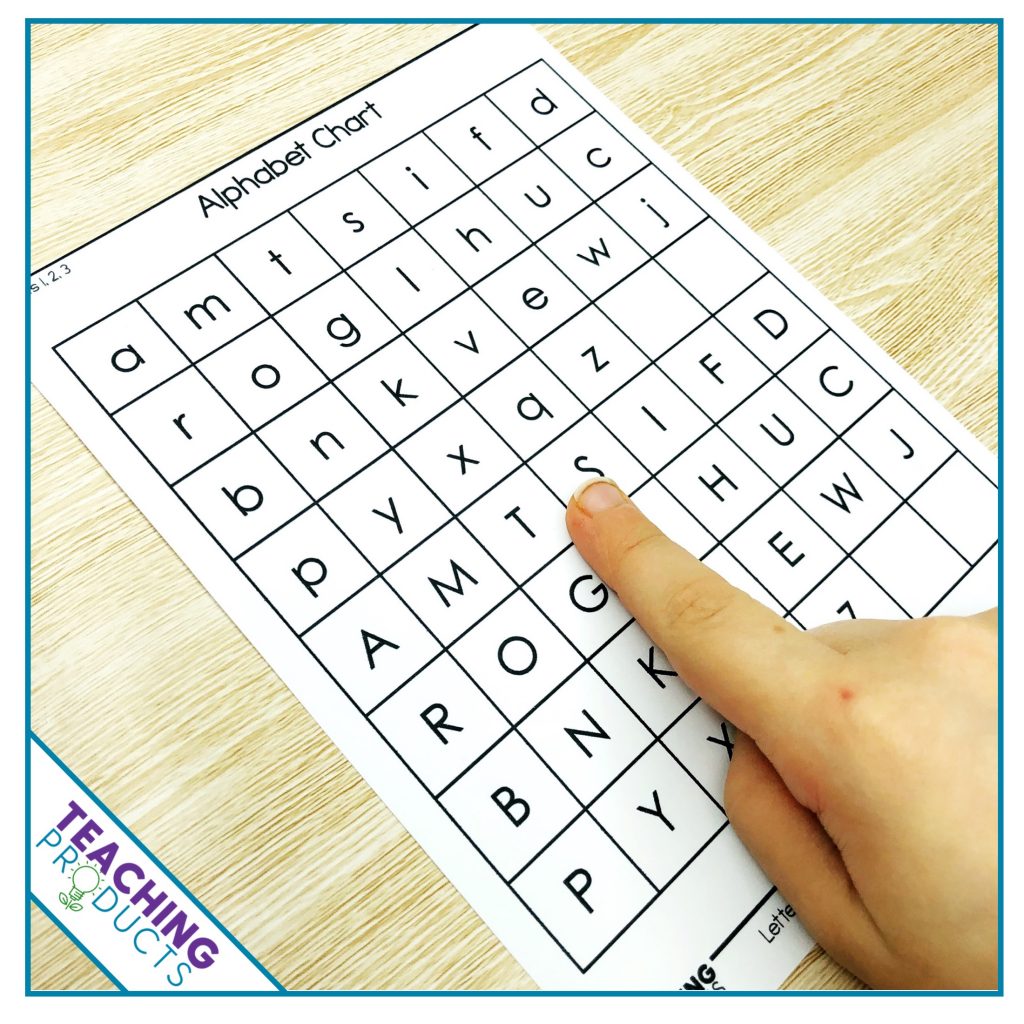
Part Two – Identifying Letters in Text
Part Two assesses a child’s skills in identifying letters within a text. Students are shown a sample of text. The teacher points to a letter on the Alphabet Chart and asks the student to find that letter in the Sample Text. You should avoid naming the letter or making its sound. Students are not required to read the sample text.
Part Three – Writing
A simple writing assessment provides valuable information about a child’s letter knowledge. This Part assesses a child’s ability to write each upper and lower case letter. Simply ask the student to write each letter as you name them in the order presented on the Alphabet Chart. You can elect to complete this part in a group setting rather than individually. This assessment does not require students to use correct stroke order when writing the letter, you are looking for a legible letter.
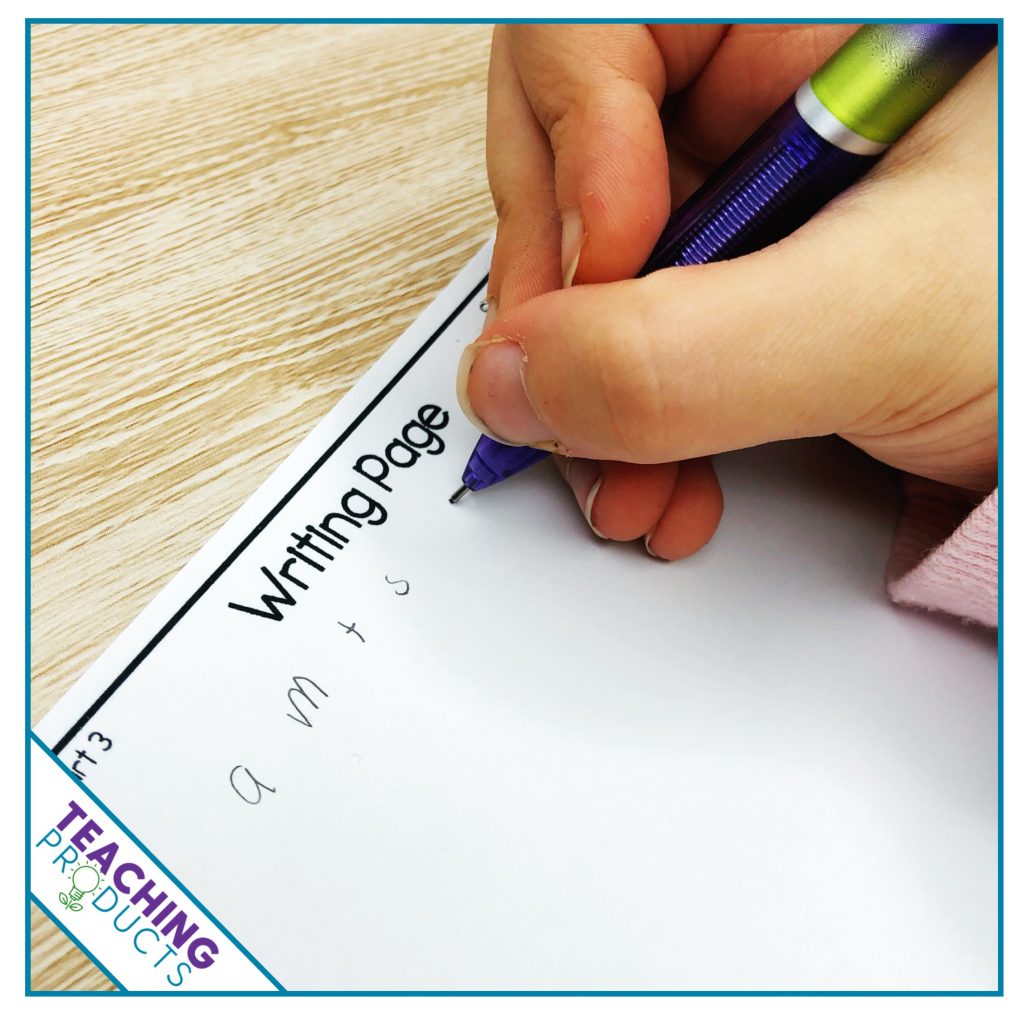
Part Four – Predicting
This final section assesses a child’s ability to use the initial sound, along with verbal contextual cues, to predict a word. Use the Word Prediction Task to complete this part. Read each sentence aloud, pointing to each word, and pausing where the word is missing. Ask students to predict what word they think is missing after you point to the letter (do not name the letter or make the sound). Use your
Grab Your Copy Now
You can download your free copy of my Letter and Letter Sound Knowledge Assessment tool here.
How to Use Reading Assessment Data to Inform Teaching
Once you have a complete Individual Profile, you can then transfer this data to the Class Profile. Record student names across the top of the Profile, then check or highlight each box to indicate which students provided a correct response for all letters in each Part. When complete, this will provide a visual overview of your entire class, allowing for easy grouping based on the gaps in understanding.
- Identify the students who are demonstrating Pre-Reading Skills. These students will need activities that focus on rhyming words, letter names, letter sounds, and beginning sounds. Looking at your Class Profile, these are the students who have not yet mastered Part One.
- Review the Class Profile for Parts 2 and 3. Students who have not yet mastered these Parts will probably still be working on Part 1. Incorporate more incidental teaching and activities that involve finding letters in words, sentences, and short paragraphs, and provide more opportunities for students to practice writing specific letters.
- Find the students who are beginning to sound out words. These students will work on medial vowels in CVC (consonant-vowel-consonant) words (for example, c-
a-t ). These are the students who have not yet mastered Part 4 on the ClassProfile, but have mastered all other Parts. - Identify students who have mastered all Parts of this assessment. These students are ready to move beyond CVC words – these students will
word on word endings, blends, and consonant digraphs. - Students who are beginning to sound out words and who are ready to move beyond CVC words are also ready to begin learning sight words.
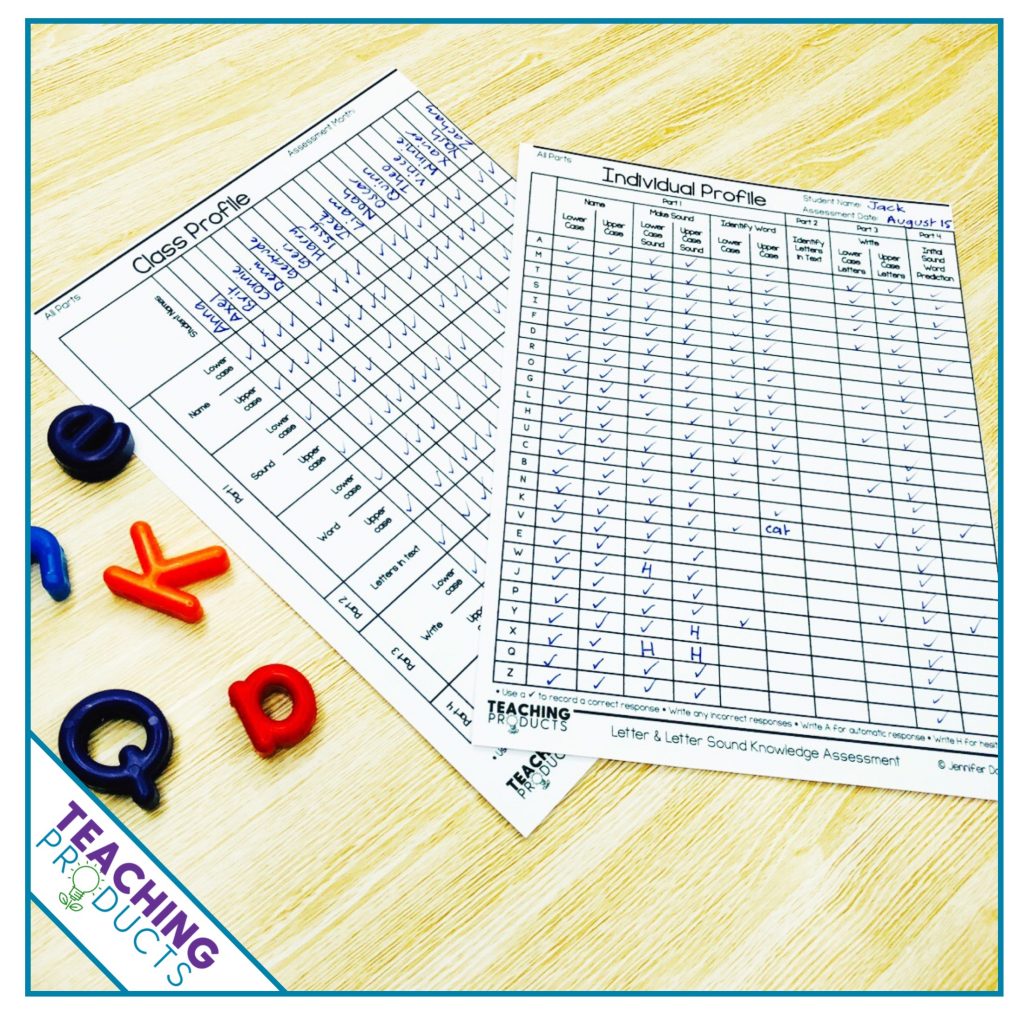
Where to Next?
In my next post, I’ll take you on a virtual tour of my favorite phonics resources.
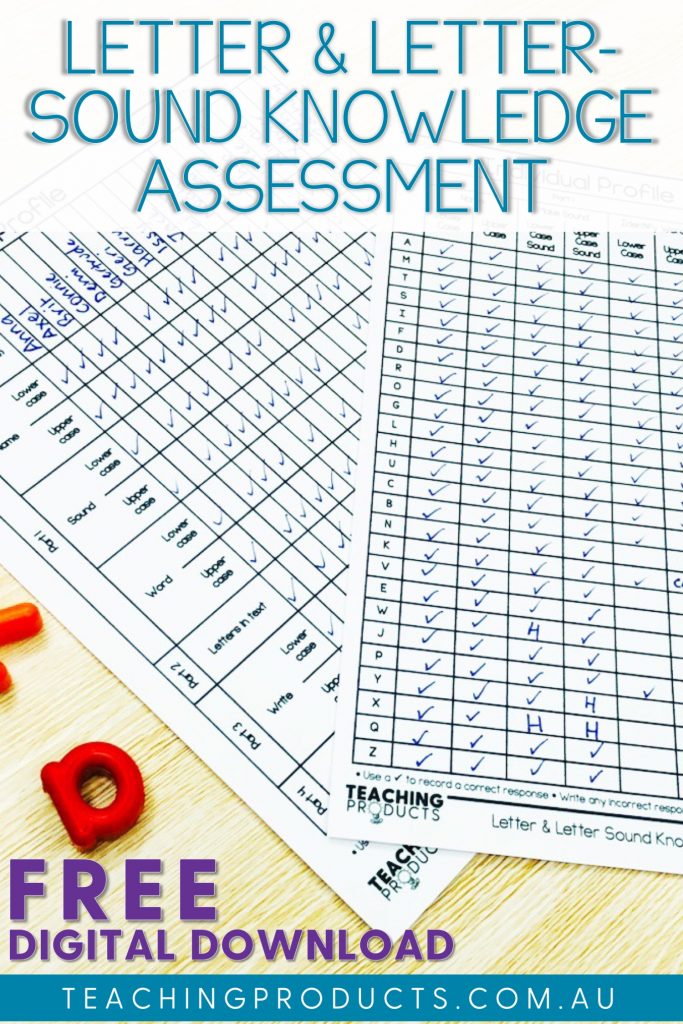
I’d love to hear how useful you’ve found the assessment tool! Drop a comment below to let me know what you think.


